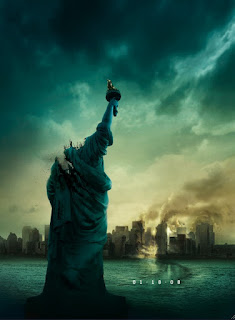All the clips we shot were placed in what is called the 'Rush Bin'. Here we could access all the original takes we first shot.
As a group we watched all the clips and then selected the best shots. We would use these later when putting together our scene. We placed the wanted shots into what is called the 'Log Bin'.
We experimented with the camera shots and angles, and how they could represent our actors in the scene. For example, we felt that we wanted the audience to empathise with our female actor and have our male actor portrayed as menacing.
We conveyed this message subconsciously to our audience by having;
- Longer close-ups on the girl to encourage an intimacy between her and the audience.
- By using a high angle shot looking down onto the girl to suggest she has lower status than him - showing her weaker side.
To display the boy's threatening attitude, we allowed lots of contrast of both shadow and light on his face to create a mysterious and foreboding atmosphere. Both a mixture of low key lighting and high key lighting was used on his face.
However, to demonstrate the girl's innocence, we used some strong high key lighting which helped enhance her vulnerability. This also portrayed a 'god-like' nature.We become subconsciously aware that the girl must be the protagonist.
Here are some examples of both low key lighting and high key lighting.
Low key lighting
High key lighting




